Building in Berlin: a new book shines light on the early career of Richard Neutra
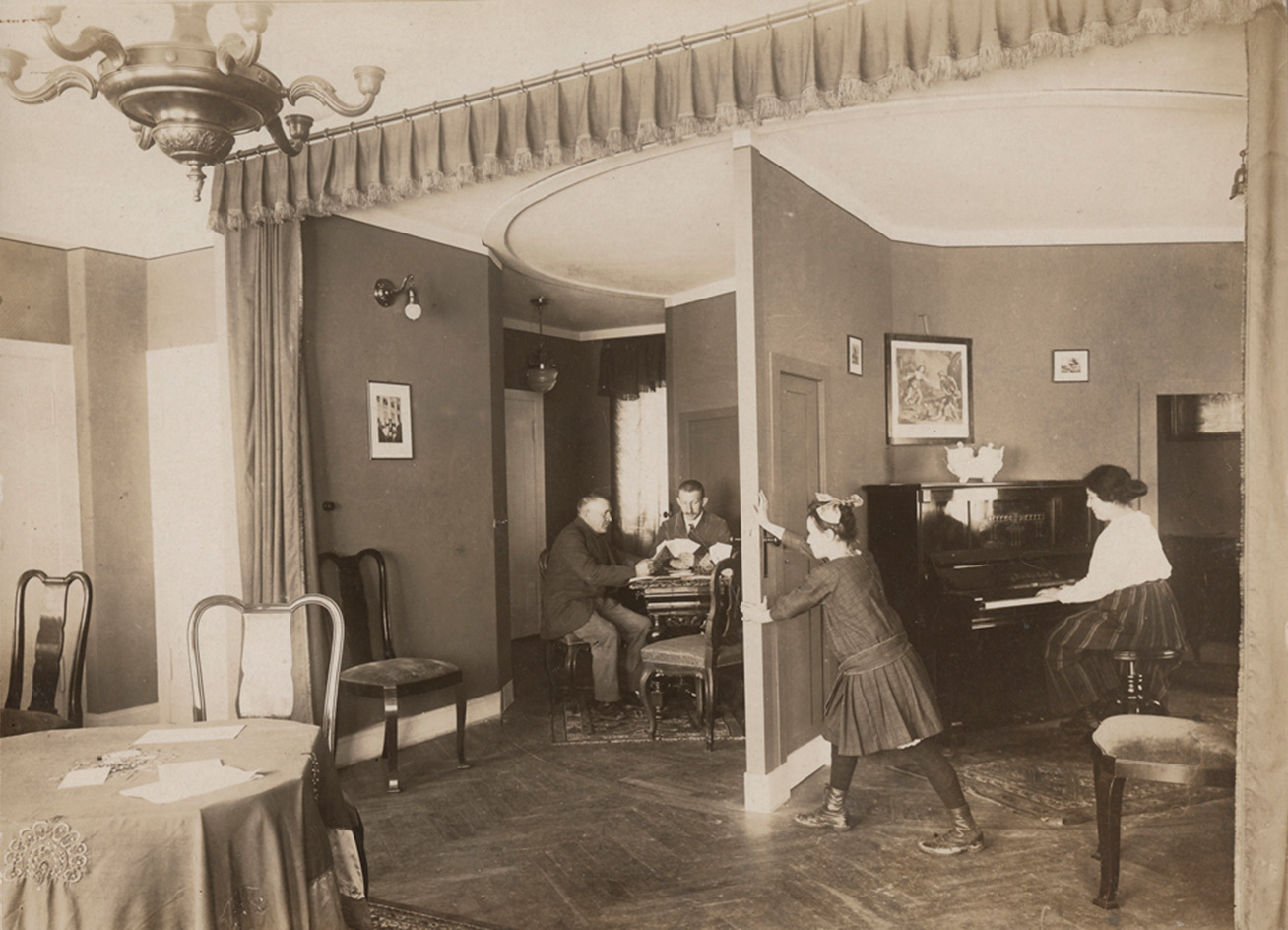
While Richard Neutra (1892-1970) is famed for his modernist houses in California, a new book highlights a lesser known part of his early career when he was living in Berlin and working for architect Erich Mendelsohn. Richard Neutra in Berlin traces his success back to the Zehlendorf housing project of 1923 where he defined his strong and experimental modernist style.
After studying architecture at the Vienna University of Technology, learning how to define strong lines and design powerful architectural forms under Adolf Loos, Neutra worked briefly in Luckenwalde, Germany as a city architect in 1921 before moving to Berlin to take up a job at the studio of Mendelsohn, an architect whose style bridged art deco and modernism with an almost classical artistry.
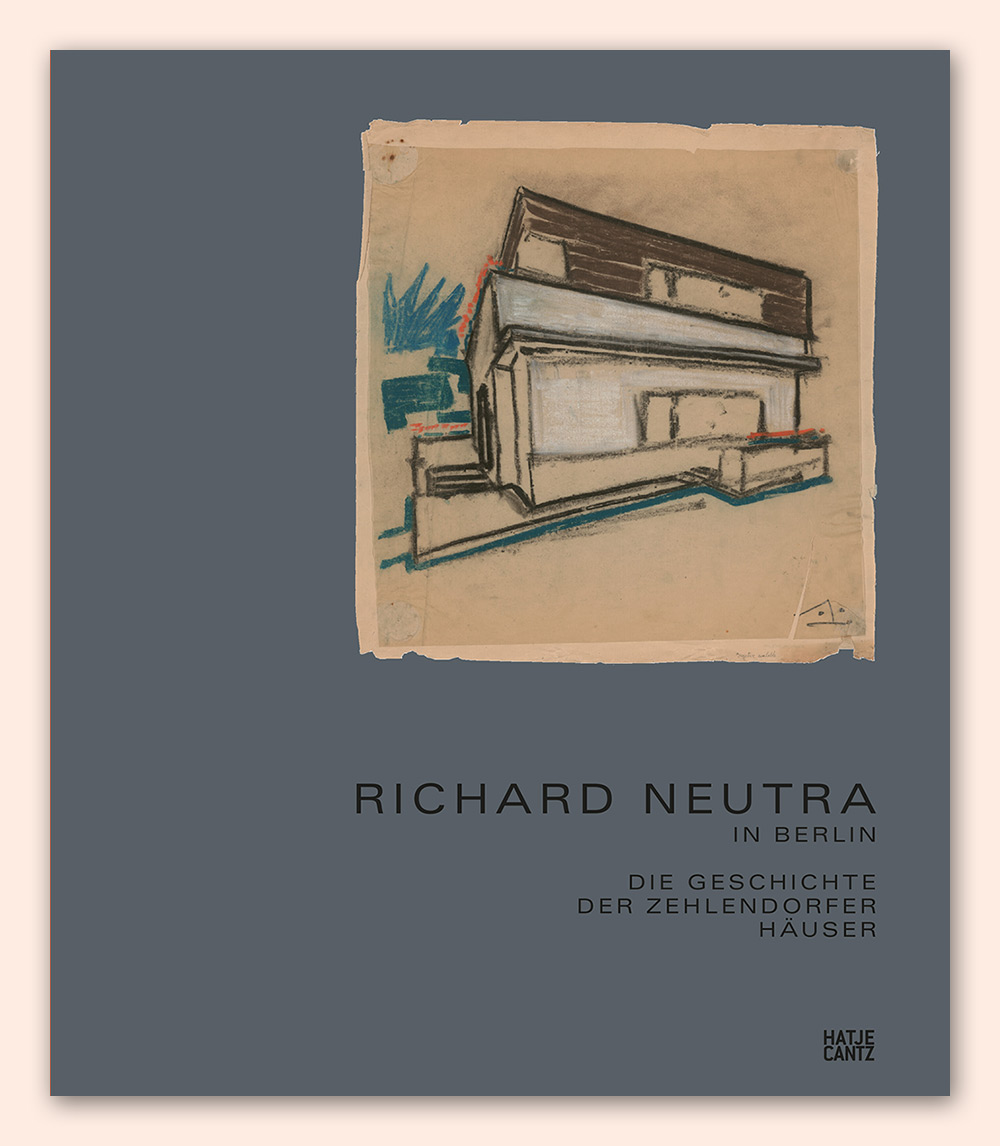
The cover of 'Richard Neutra in Berlin', published by Hatje Cantz
Neutra joined the practice while Mendelsohn was working on a commission to extend Mossehaus, home to mainly liberal newspapers such as the Berliner Tageblatt. An important example of Mendelsohn’s approach, the original 19th century building was fitted with a five-storey structure with curved ribbon windows forming a grand modernist hull at the corner of Jerusalemer Strasse and Schützenstrasse, melding new with old. While the curve is a fairly rare occurrence in the designs of Neutra, his confidence with the horizontal layering of forms can be seen only a few years later in his Lovell House, of 1928, considered one of his early masterpieces.
Yet, it was Zehlendorf in west Berlin suburbia where Neutra developed, on a small and humble scale, the first of his minimal, clean-cut modernist houses that later became icons of Californian architecture. The ten detached houses in Zehlendorf, developed for the contractor Adolf Sommerfeld, are cubist in their construction with flat white facades, ribbon windows and cantilevered balconies. Fascinatingly, the houses were built with revolving interior floors, which allowed residents to reorientate their living room to connect to other ground floor rooms. While unfortunately no longer in existence, this interior detail showed Neutra’s sense of experimentation and fearless idealism which is seen less and less in architecture today.
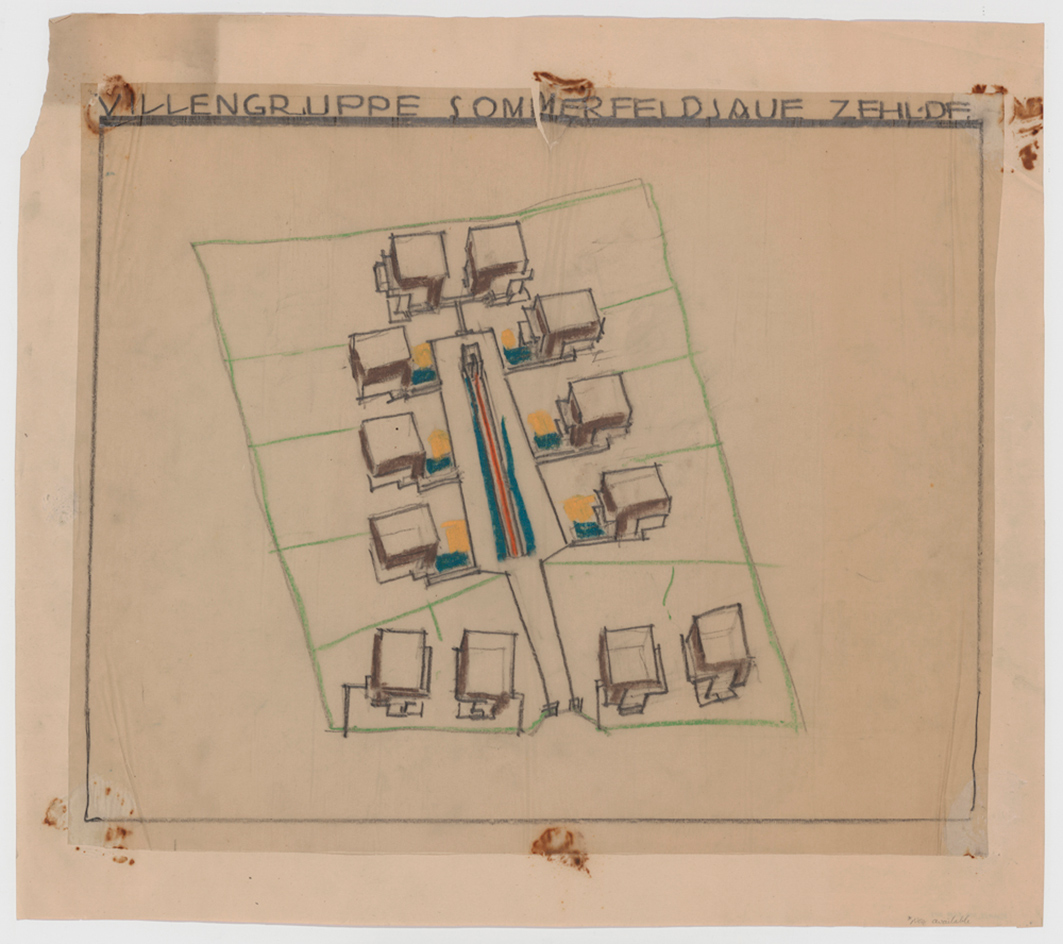
Richard Neutra's drawing of the Zehlendorf housing scheme
Editor Harriet Roth used Neutra’s diaries as sources to understand his professional experiences, private encounters and his emigration to the US in 1923, after Zehlendorf was complete, integrating them as facsimiles into the book, while also researching the life-lines of the inhabitants of the houses, investigating their historic developments and phase of renovation in the 2000s.
Moving to South California in the same year of the completion of the Zehlendorf scheme, where he would remain for the rest of his life, marked a new stage of Neutra’s career. He worked briefly for Frank Lloyd Wright and then collaborated with Rudolf Schindler over a few years, yet mostly he marched to his own tune with a strict modernism, first composed at Zehlendorf, that he bestowed upon the cathartic landscapes of southern California.
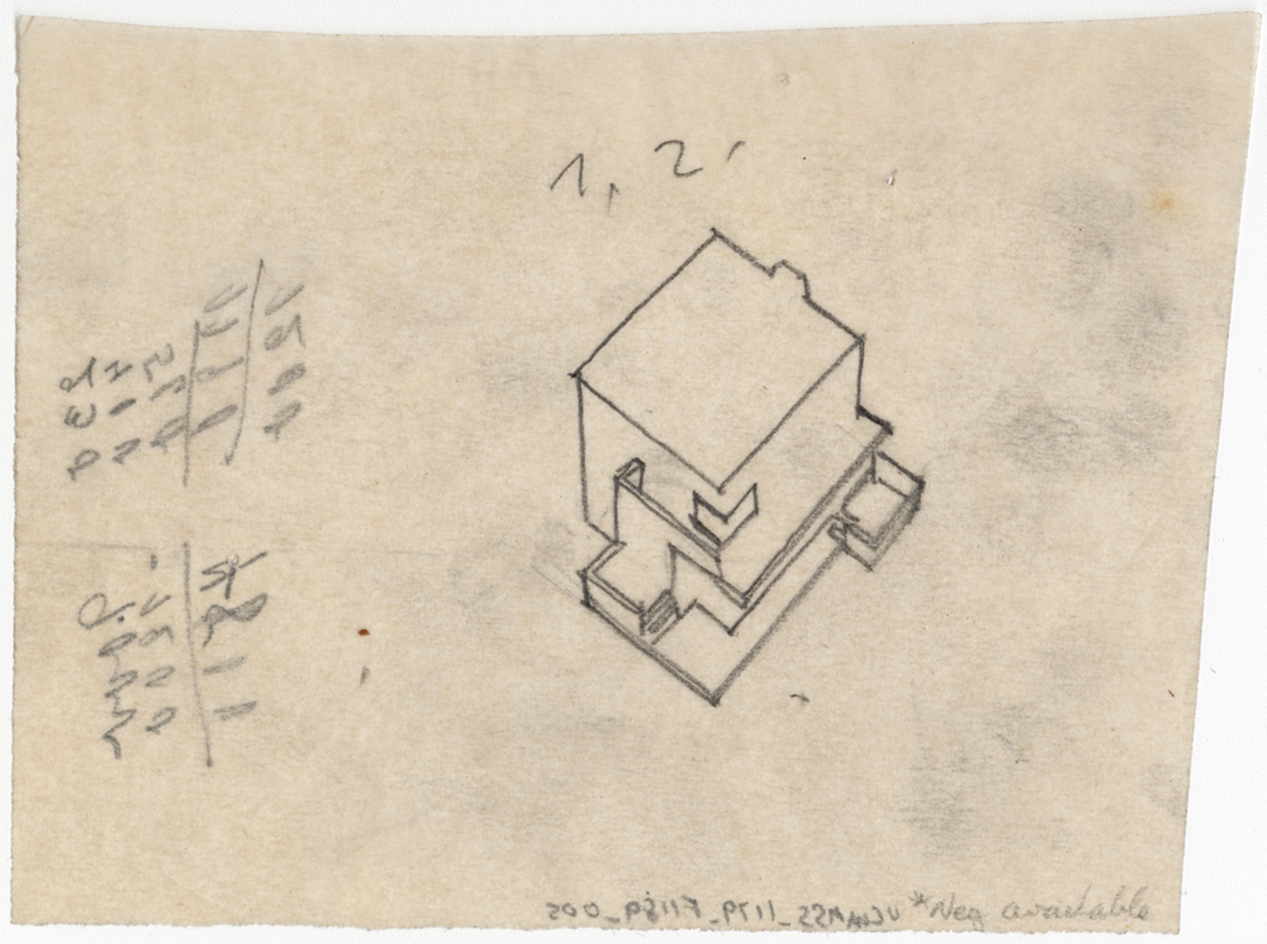
Drawings by Neutra included in the book show the confidence of his hand and his designs. The Zehlendorf scheme was featured in the 'Modern Architecture' exhibition at MoMA in 1932
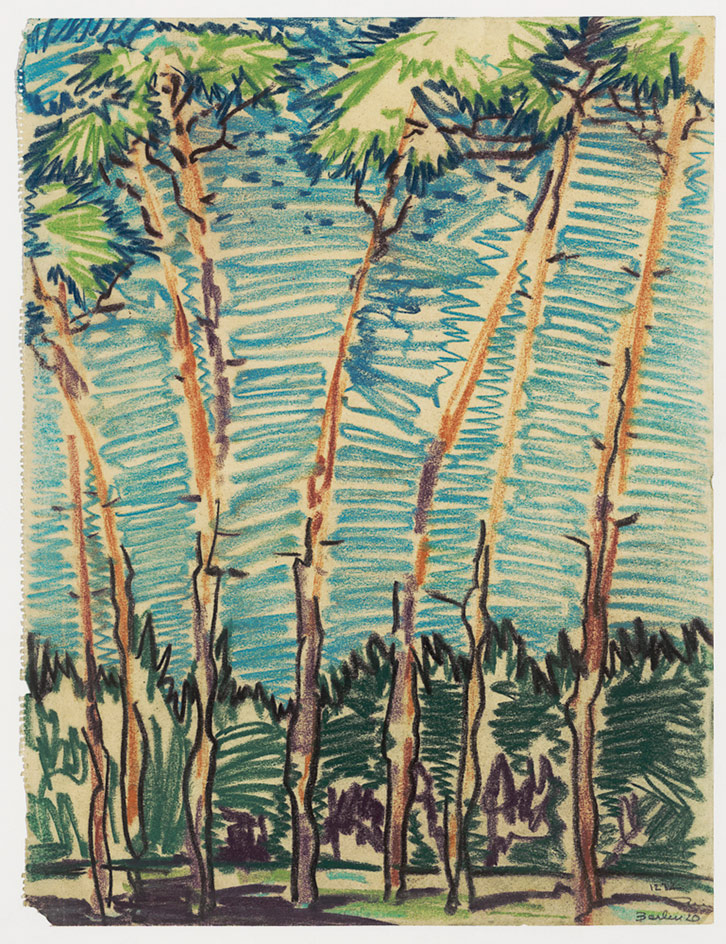
Neutra was also the landscape designer of the Zehlendorf housing project, which is located in a leafy suburb of west Berlin
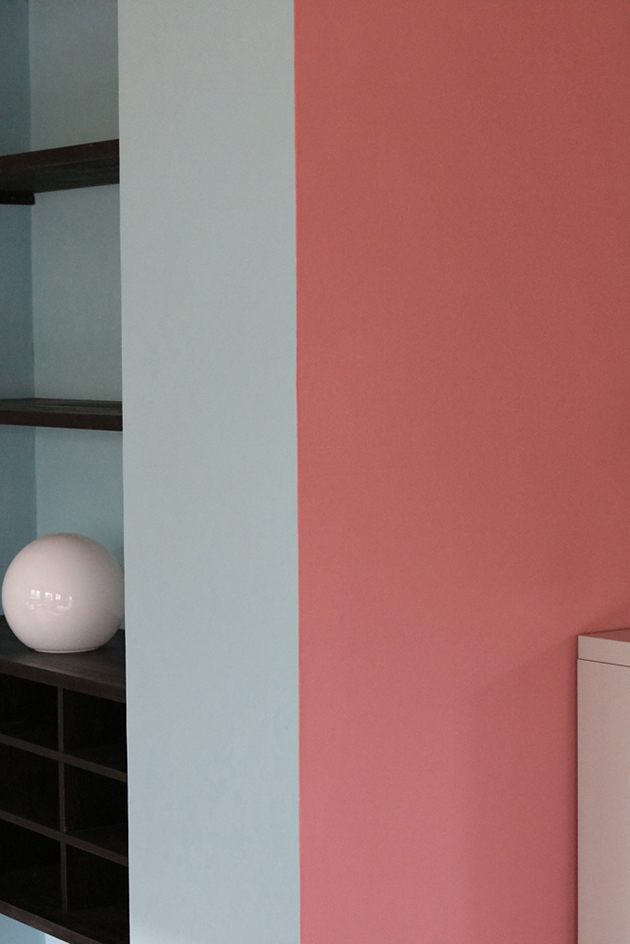
Book editor Harriet Roth also investigates the history of the Zehlendorf houses since their completion, the inhabitants, the interiors and their renovation
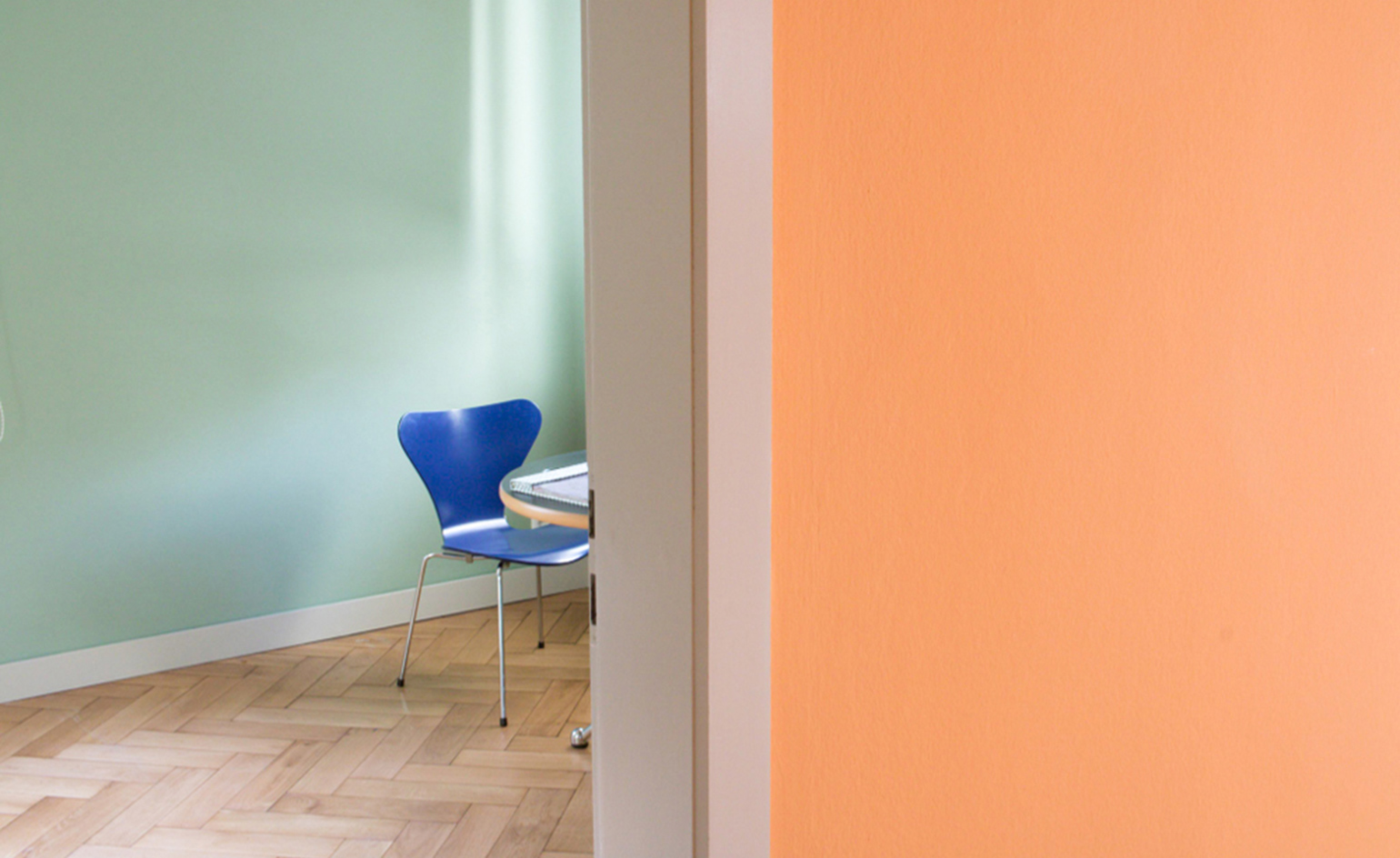
Colourful interiors represent the experimentative and bold style of Neutra
INFORMATION
Richard Neutra in Berlin, €48. For more information, visit the Hatje Cantz website
Receive our daily digest of inspiration, escapism and design stories from around the world direct to your inbox.
Harriet Thorpe is a writer, journalist and editor covering architecture, design and culture, with particular interest in sustainability, 20th-century architecture and community. After studying History of Art at the School of Oriental and African Studies (SOAS) and Journalism at City University in London, she developed her interest in architecture working at Wallpaper* magazine and today contributes to Wallpaper*, The World of Interiors and Icon magazine, amongst other titles. She is author of The Sustainable City (2022, Hoxton Mini Press), a book about sustainable architecture in London, and the Modern Cambridge Map (2023, Blue Crow Media), a map of 20th-century architecture in Cambridge, the city where she grew up.
-
 Tobi Masa lands at The Chancery Rosewood
Tobi Masa lands at The Chancery RosewoodChef Masa Takayama’s debut London restaurant transforms modernist geometry into a space of ritual calm and culinary purity
-
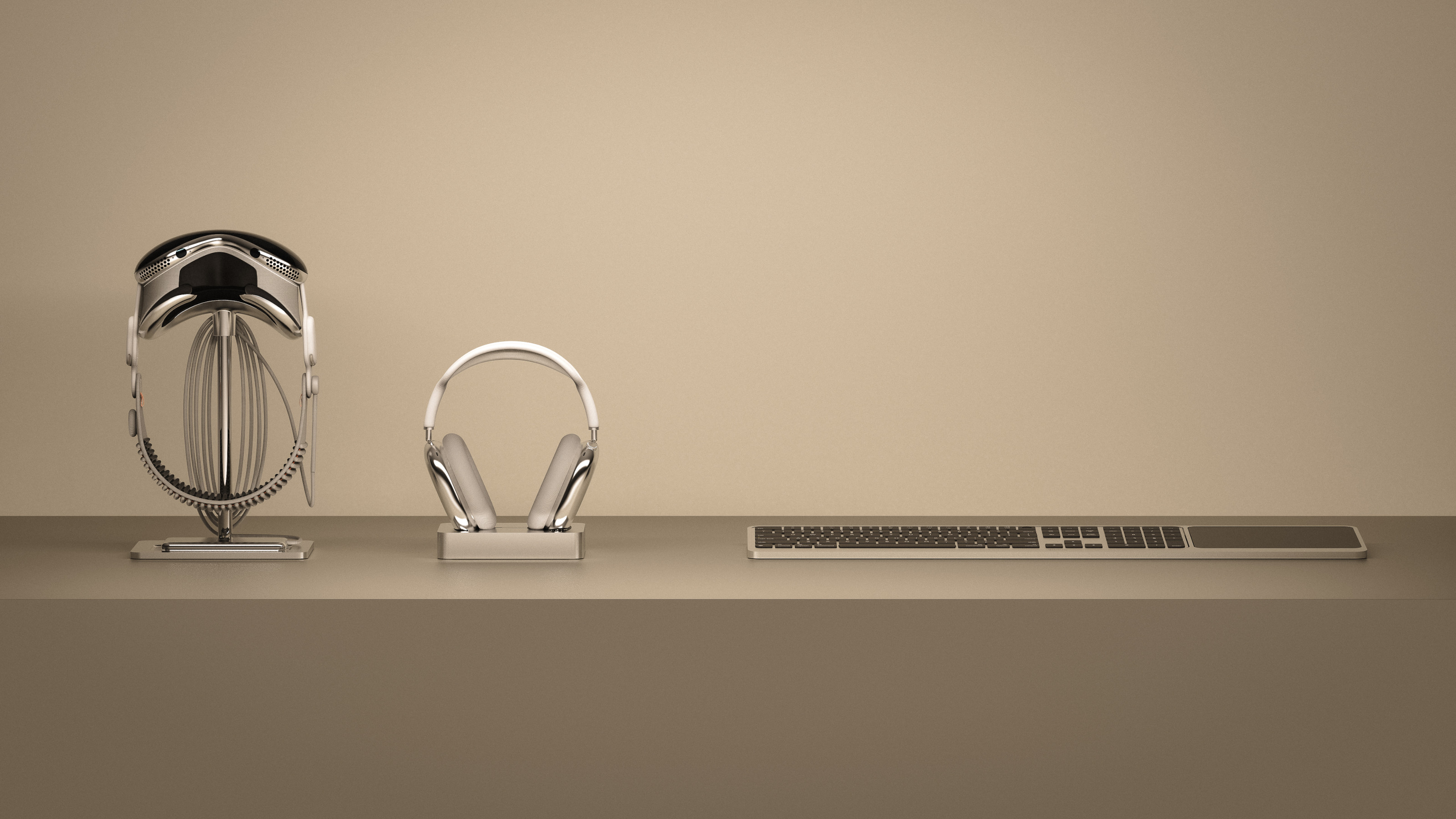 Bionic Labs builds precision next-level Apple accessories from aluminium and stainless steel
Bionic Labs builds precision next-level Apple accessories from aluminium and stainless steelFrom stands, chargers and keyboard trays to a set of accessories for the Vision Pro, Parisian design studio Bionic Labs offers only the best for your Apple gear
-
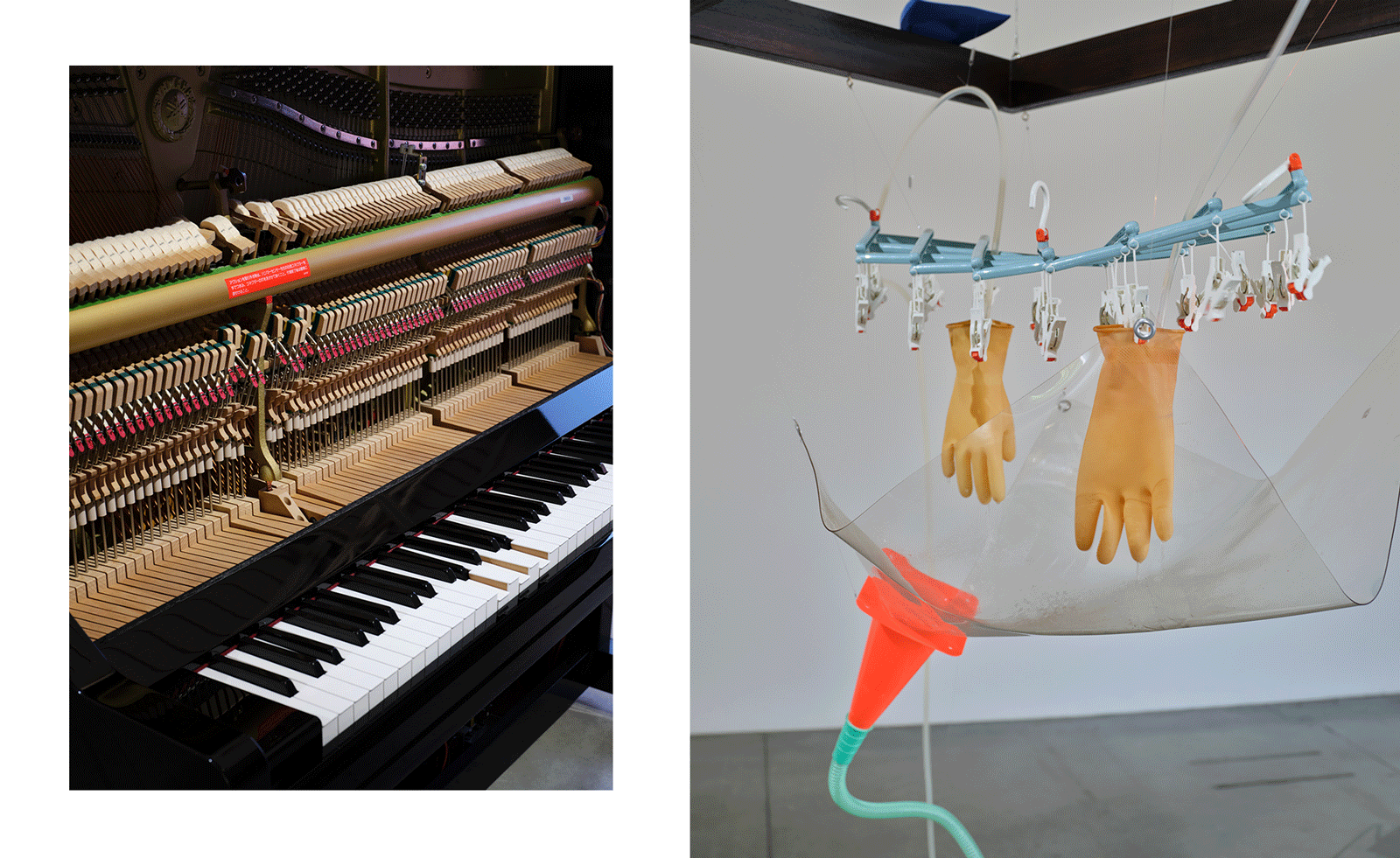 Yuko Mohri’s living installations play on Marcel Duchamp’s surrealism
Yuko Mohri’s living installations play on Marcel Duchamp’s surrealismThe artist’s seven new works on show at Milan’s Pirelli HangarBicocca explore the real and imaginary connections that run through society
-
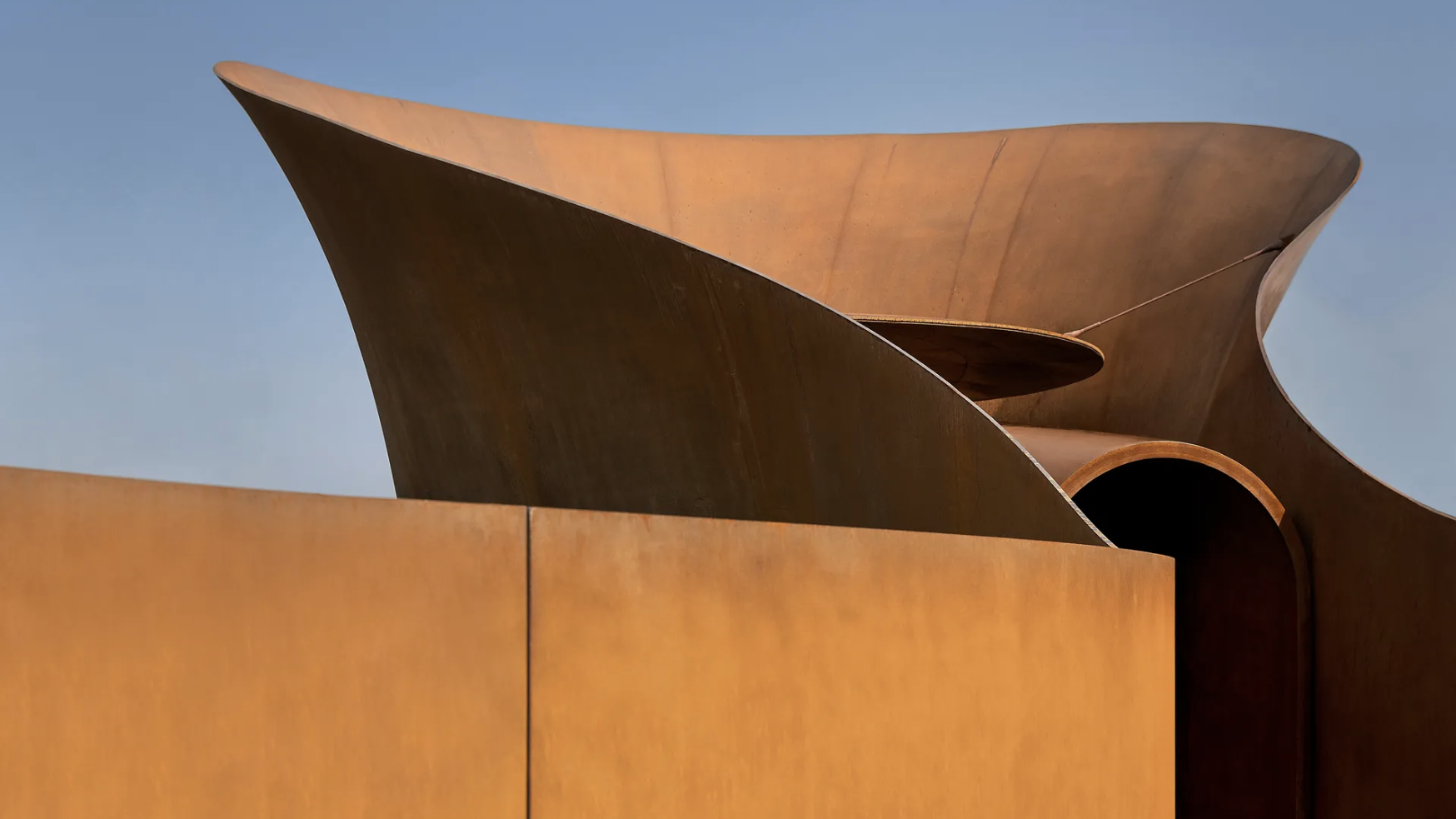 Doshi Retreat at the Vitra Campus is both a ‘first’ and a ‘last’ for the great Balkrishna Doshi
Doshi Retreat at the Vitra Campus is both a ‘first’ and a ‘last’ for the great Balkrishna DoshiDoshi Retreat opens at the Vitra campus, honouring the Indian modernist’s enduring legacy and joining the Swiss design company’s existing, fascinating collection of pavilions, displays and gardens
-
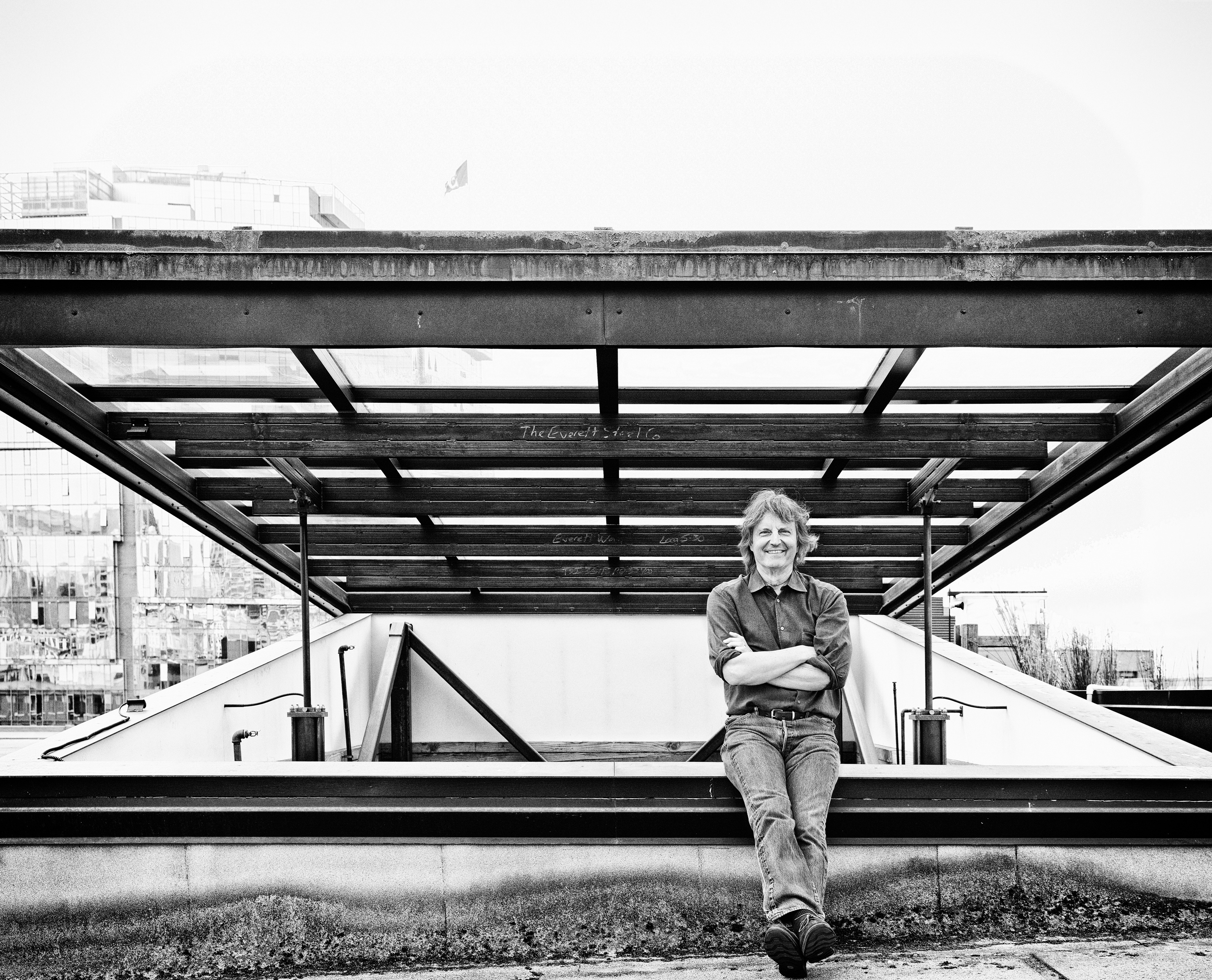 Explore Tom Kundig’s unusual houses, from studios on wheels to cabins slotted into boulders
Explore Tom Kundig’s unusual houses, from studios on wheels to cabins slotted into bouldersThe American architect’s entire residential portfolio is the subject of a comprehensive new book, ‘Tom Kundig: Complete Houses’
-
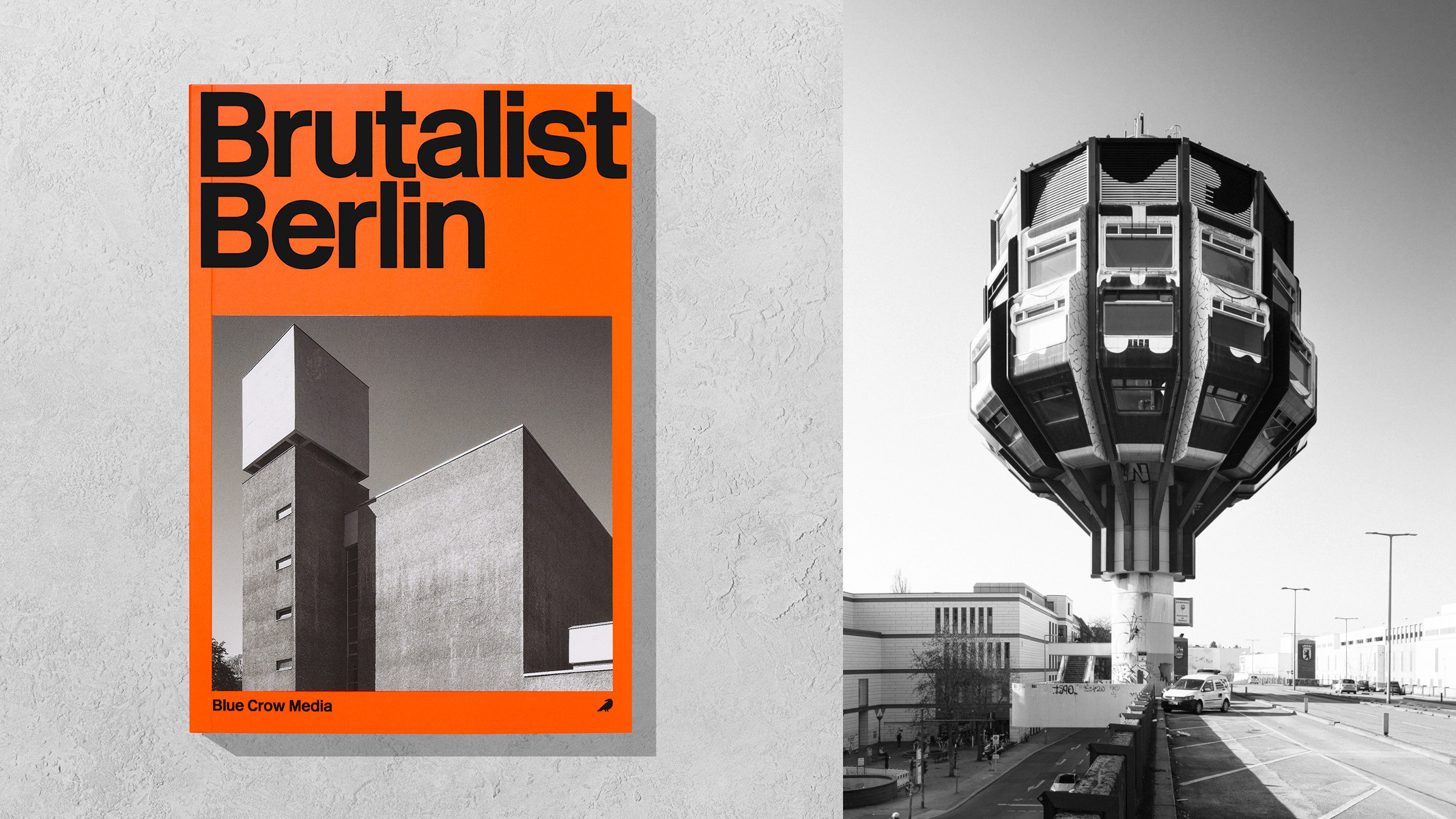 ‘Brutalist Berlin’ is an essential new guide for architectural tourists heading to the city
‘Brutalist Berlin’ is an essential new guide for architectural tourists heading to the cityBlue Crow Media’s ‘Brutalist Berlin’ unveils fifty of the German capital’s most significant concrete structures and places them in their historical context
-
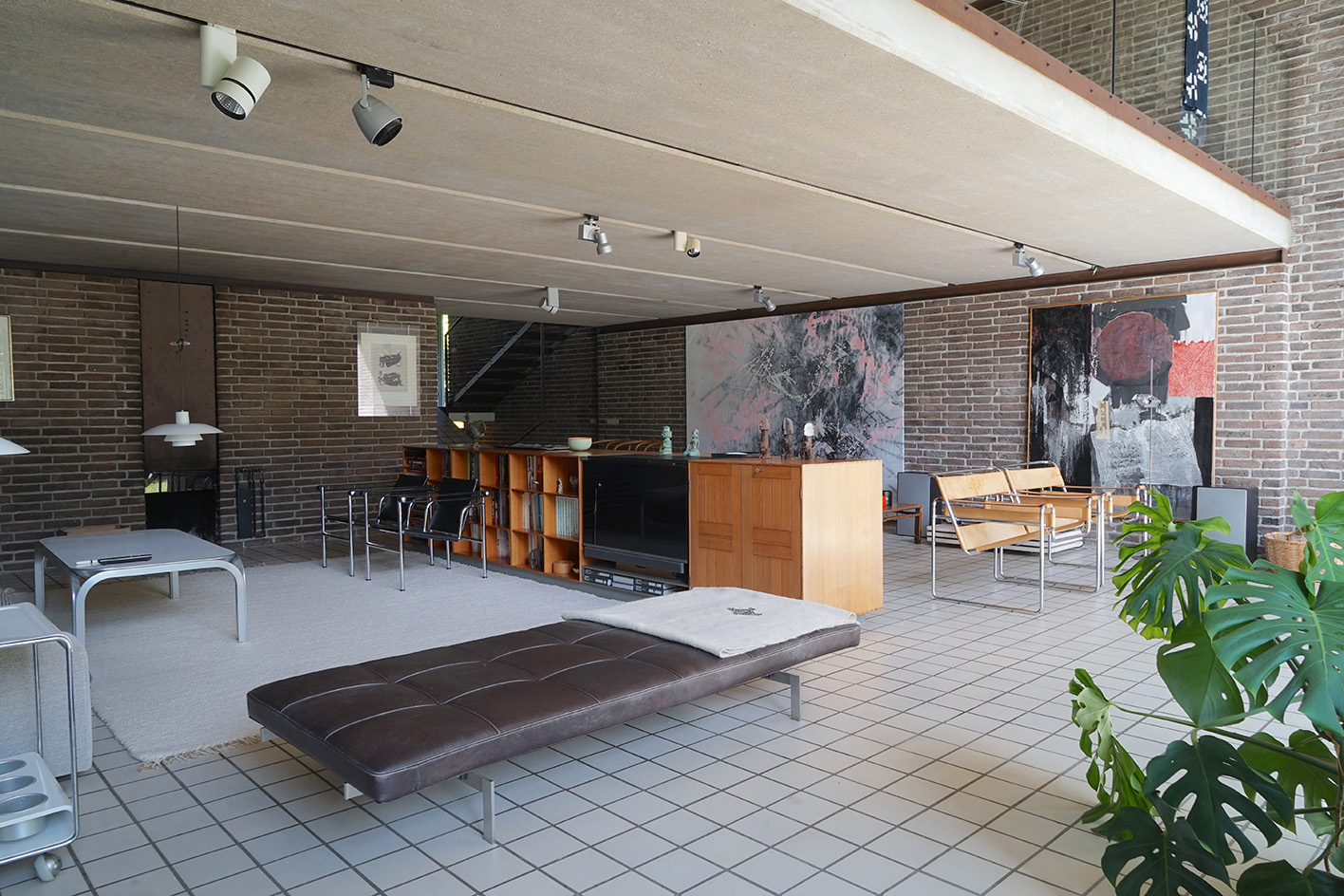 Three lesser-known Danish modernist houses track the country’s 20th-century architecture
Three lesser-known Danish modernist houses track the country’s 20th-century architectureWe visit three Danish modernist houses with writer, curator and architecture historian Adam Štěch, a delve into lower-profile examples of the country’s rich 20th-century legacy
-
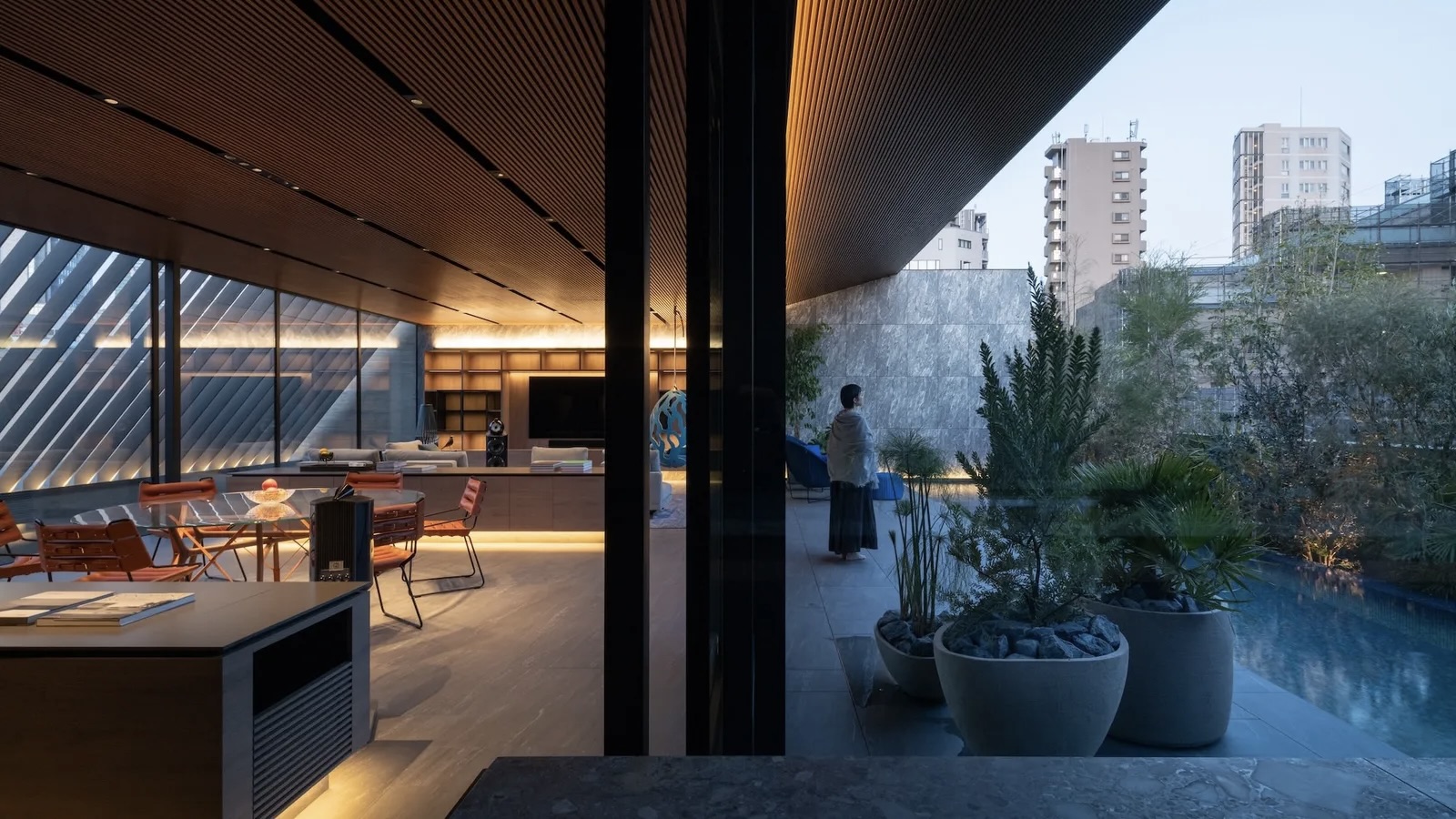 The Architecture Edit: Wallpaper’s houses of the month
The Architecture Edit: Wallpaper’s houses of the monthThis September, Wallpaper highlighted a striking mix of architecture – from iconic modernist homes newly up for sale to the dramatic transformation of a crumbling Scottish cottage. These are the projects that caught our eye
-
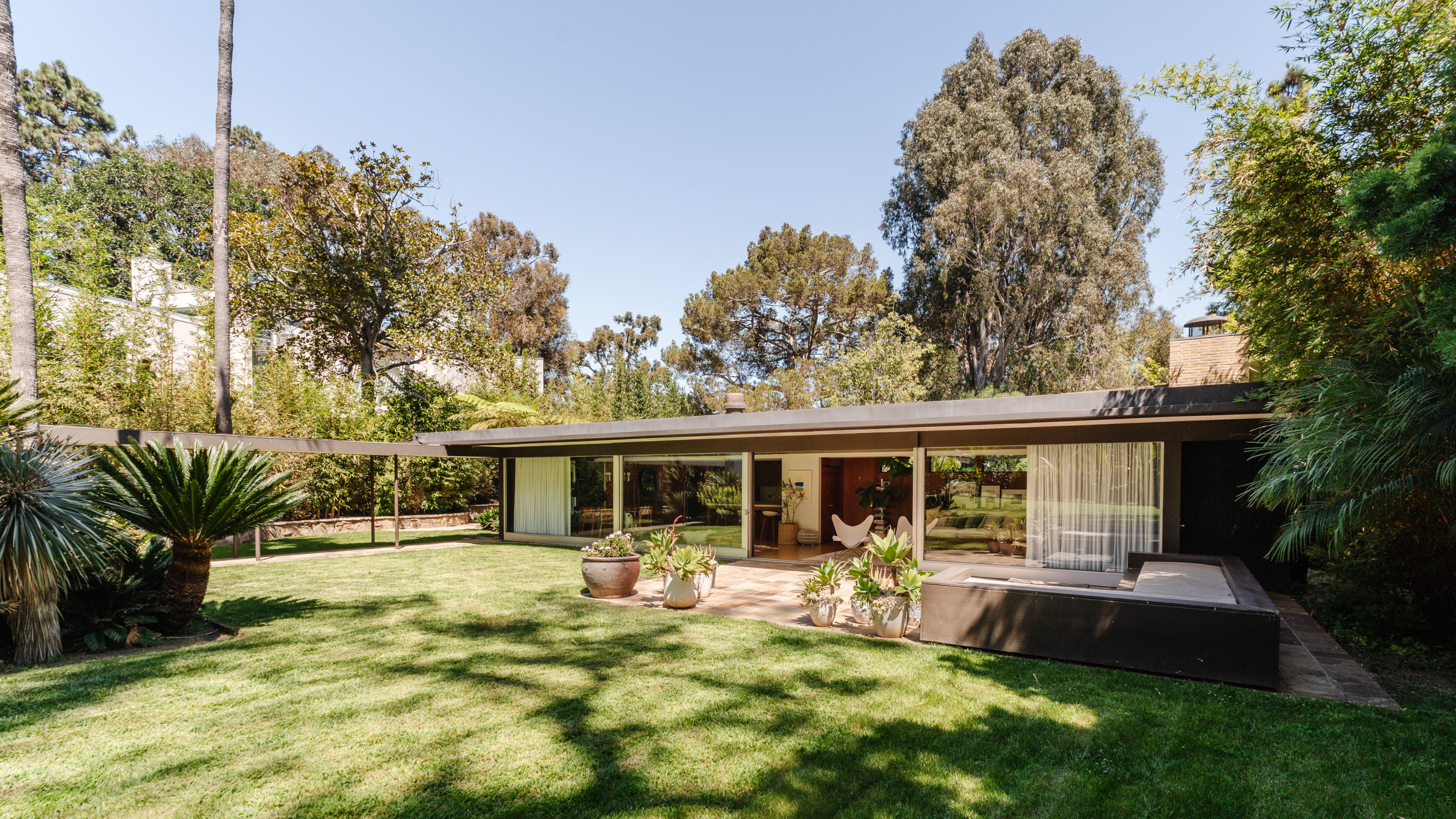 Richard Neutra's Case Study House #20, an icon of Californian modernism, is for sale
Richard Neutra's Case Study House #20, an icon of Californian modernism, is for salePerched high up in the Pacific Palisades, a 1948 house designed by Richard Neutra for Dr Bailey is back on the market
-
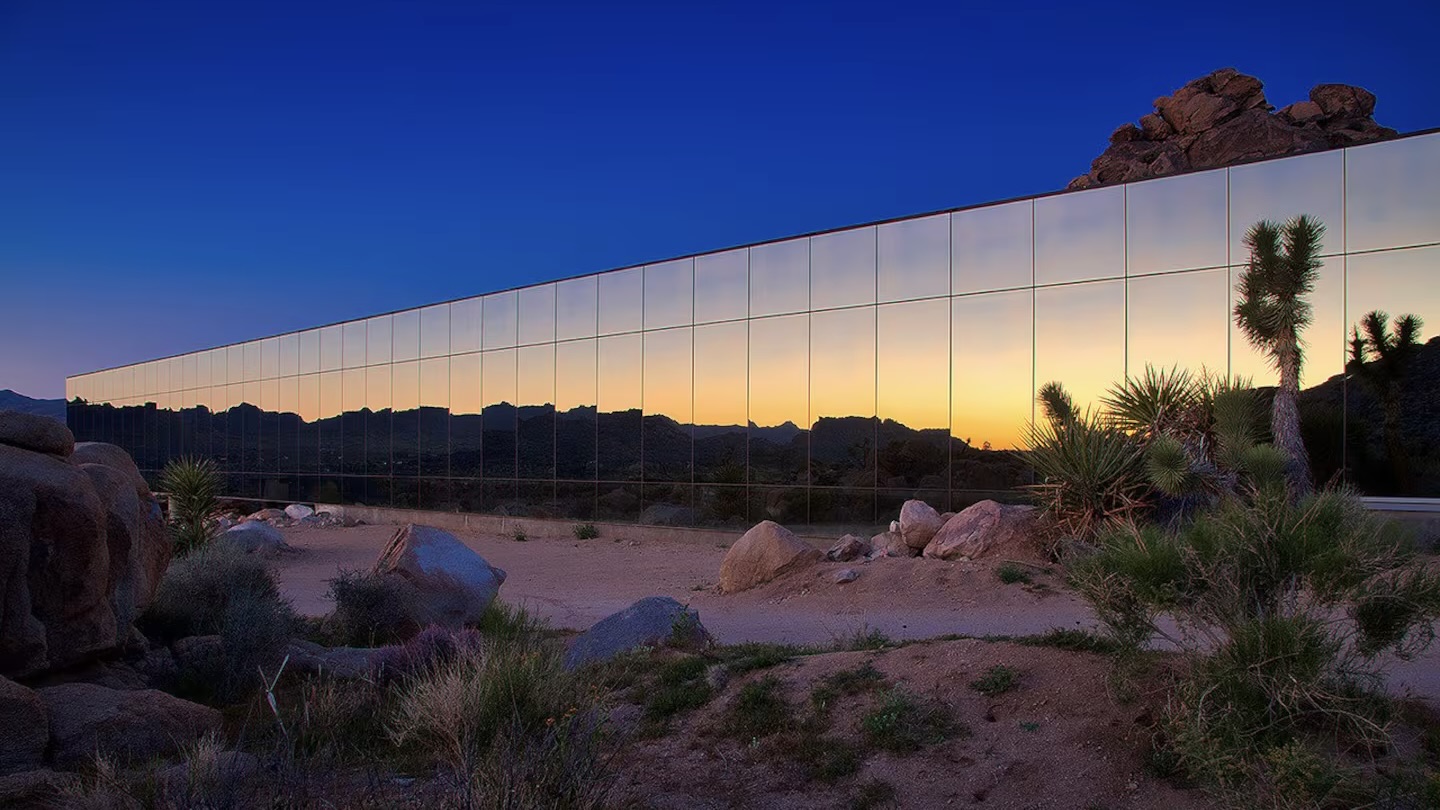 The best of California desert architecture, from midcentury gems to mirrored dwellings
The best of California desert architecture, from midcentury gems to mirrored dwellingsWhile architecture has long employed strategies to cool buildings in arid environments, California desert architecture developed its own distinct identity –giving rise, notably, to a wave of iconic midcentury designs
-
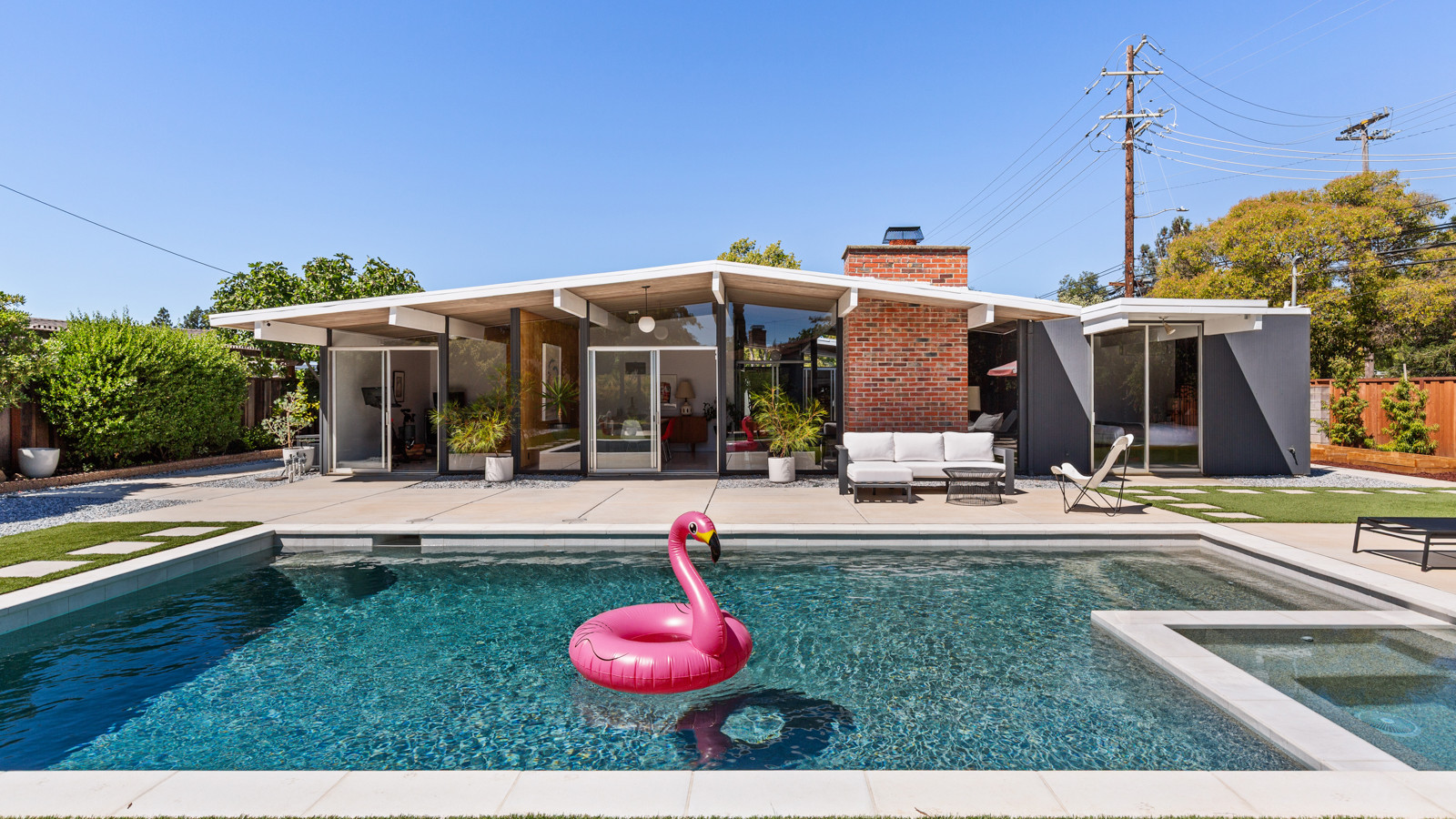 A restored Eichler home is a peerless piece of West Coast midcentury modernism
A restored Eichler home is a peerless piece of West Coast midcentury modernismWe explore an Eichler home, and Californian developer Joseph Eichler’s legacy of design, as a fine example of his progressive house-building programme hits the market